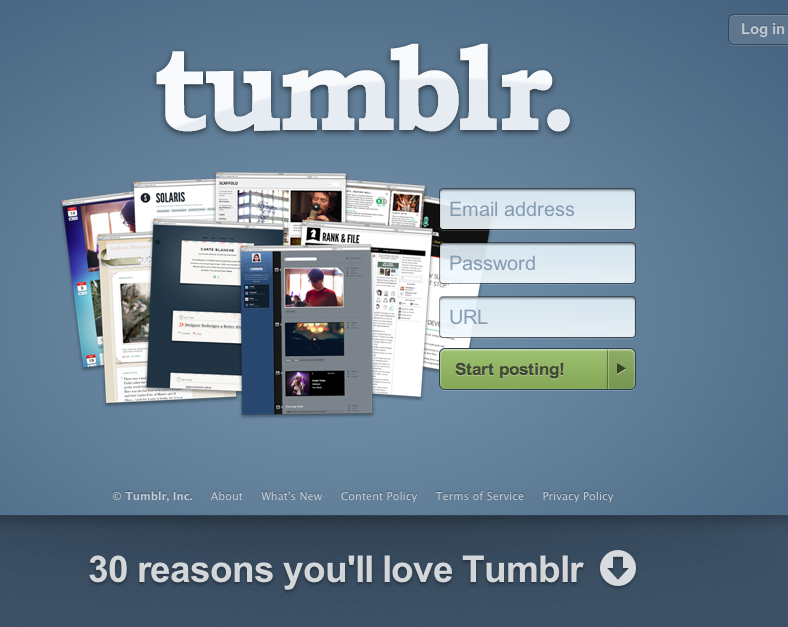What kind of website is it? Does it require a user to login for the core task, or most of the features are still accessible when the user is logged out?
Generally, the user won't signup to your website just like that. They require a reason. For the same, making signup/login a part of flow will much preferred. For example, on a site which lets a user comment on something and comment action requires user to be logged in, the trigger point could be the click event on comment button. Take example, http://imgur.com

While going in the flow, providing this signup/login form in a modal box will be a good option. Also when the user logs in, you can check the remember me checkbox by default, so that the user doesn't have to go through the same flow again.
If login/signup is required for the core task on your website, giving it on the front page first thing with reasons to signup would also not be a bad idea. Take http://tumblr.com for an example.

For any other use case, I expect to see login/signup button on top right corner of the page. Though, with proper highlighting it can be placed at other section of the page as well.





